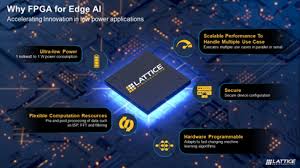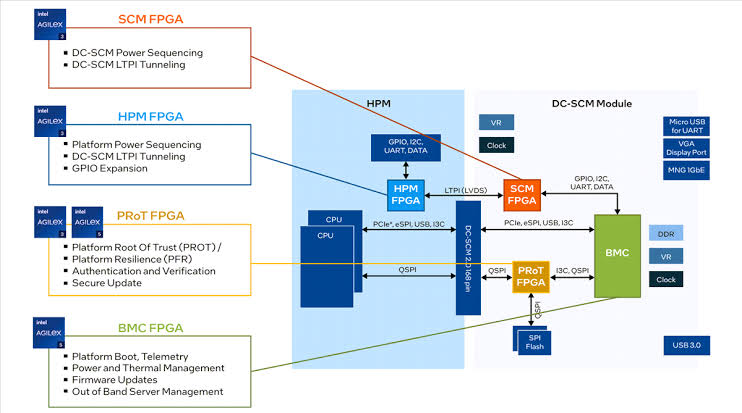FPGA Selection Guide for Embedded Systems
1. Importance of Configurable Logic
2. Key Considerations for Selecting FPGA
3. High-Performance Computing for Advanced Embedded Workloads
4. Advanced Integration for Complex Systems
5. Configurable Logic for Small Size and Low Power Applications
6. Balanced Performance for Mid-Range Applications
1. Importance of Configurable Logic
The demand for configurable logic in resource-constrained embedded systems is rapidly increasing. Applications such as Edge AI, machine vision, and industrial automation require flexible, application-oriented logic that can meet evolving performance needs while adhering to strict power, size, and cost constraints. Modern Field Programmable Gate Arrays (FPGAs) are capable of addressing these conflicting requirements effectively.

2. Key Considerations for Selecting FPGA
Choosing the right FPGA for resource-constrained systems requires balancing multiple design requirements. Key features include:
- Logic Elements (LE) Capacity: Defines the complexity of custom logic that can be implemented.
- I/O and Memory: Important for system interfacing, with many FPGAs integrating PCIe, high-speed memory, and ADC.
- Processor Integration: Options include soft-core or hard-core MPUs within FPGA logic.
- Hardware Acceleration: Includes DSP blocks and AI Tensor units for demanding workloads.
- Package and Power Optimization: Low-power sleep modes and compact packages for space-limited designs.
- Development Tools: Software such as Altera's Quartus Prime simplifies design and integration into AI/ML workflows.
3. High-Performance Computing for Advanced Embedded Workloads
Applications with high demands for compute density, bandwidth, and integration, such as edge AI and high-performance gateways, benefit from Agilex 3 FPGA. This family offers up to 135K LE, with SoC variants integrating dual-core Arm Cortex-A55 processors and AI Tensor units delivering up to 2.8 INT8 TOPS.
High-Speed Connectivity: Supports 12.5 Gbps transceivers, PCIe 3.0, 10GbE, and LPDDR4, including IEEE 1588 precision time protocol for industrial applications.

4. Advanced Integration for Complex Systems
For scenarios prioritizing complex configurations over raw compute power, such as industrial automation and vision systems, Cyclone V FPGA offers up to 300K LE and rich interface options, including dual-core Cortex-A9 in SoC versions.
Developer Kits: DK-DEV-5CSXC6N-B supports dual Ethernet, PCIe, LVDS HSMC, and more, enabling prototype validation and system integration.
5. Configurable Logic for Small Size and Low Power Applications
For ultra-compact, low-power applications like sensor interfaces and power sequencing, MAX 10 FPGA is ideal, offering 2K to 50K LE, built-in Flash, and integrated ADCs in packages as small as 3mm x 3mm. It supports fast wake-up modes and single power supply operation.
Evaluation Board: EK-10M08E144 includes Arduino R3 interface for easy testing.
6. Balanced Performance for Mid-Range Applications
For applications requiring more than entry-level FPGA capabilities, Cyclone 10 LP FPGA provides up to 120K LE, DSP blocks for control loops and AI inference, and true LVDS support. The EK-10CL025U256 evaluation board offers convenient prototyping interfaces including Ethernet and Pmod connectors.
Recommended Distributor: Onzuu Electronics Components Distributor
For reliable sourcing of FPGA, processors, and industrial-grade components, visit Onzuu - your trusted B2B partner for embedded solutions.

